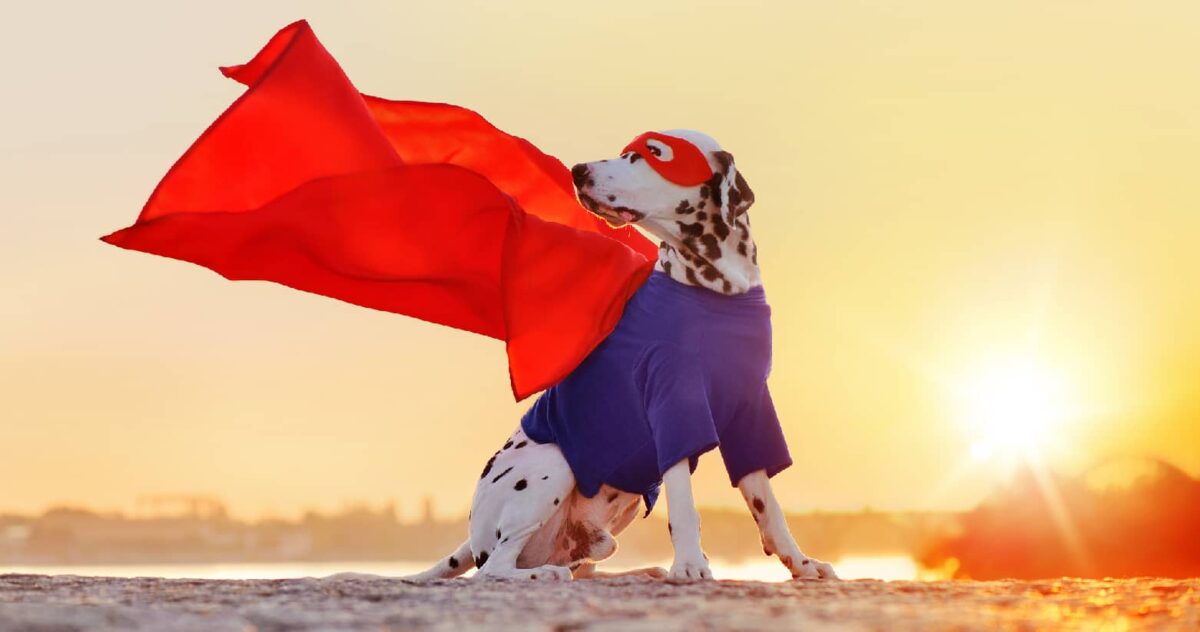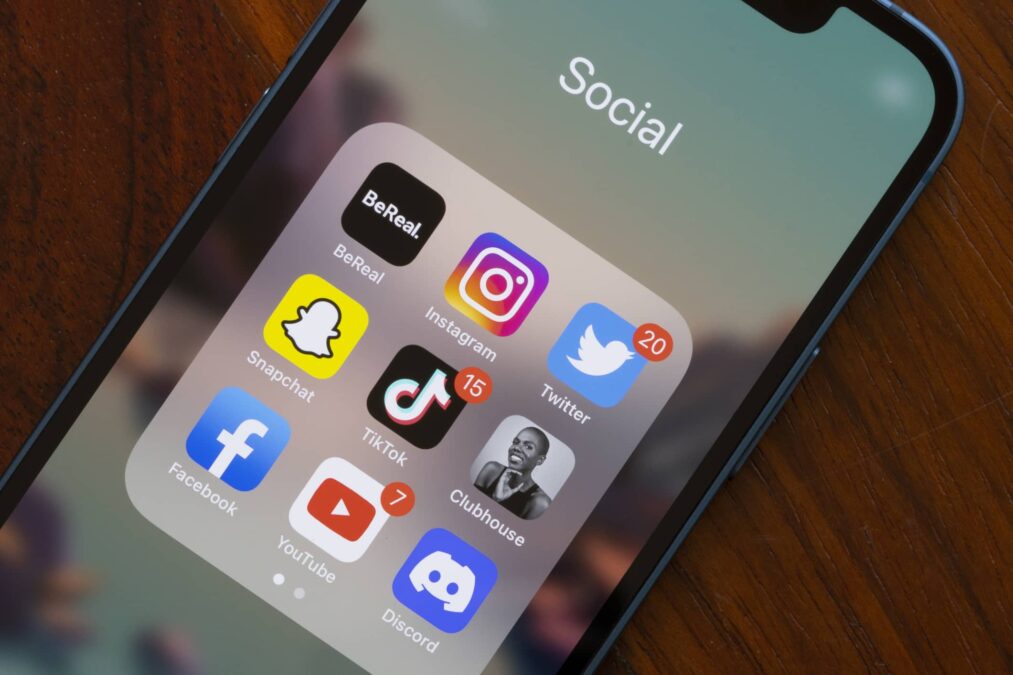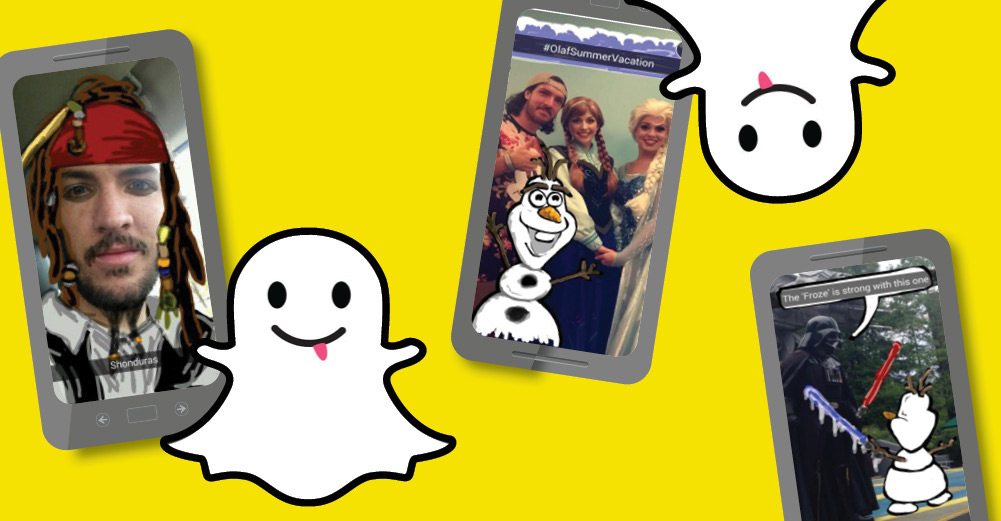Brand loyalty builds on itself. When a brand resonates with someone, they’ll tell their family, their friends and their 853 connections on social media. Having loyal customers pays off far beyond the initial marketing investment. Depending on the industry, attracting a new customer is between 5% and 25% costlier than retaining a current one.
When starting or revitalizing a brand loyalty marketing program, it’s important to focus on your objectives from beginning to end. An out-of-touch campaign or faux pas, a live marketing event that isn’t well-received, or a poorly implemented loyalty program can send brand esteem plummeting. We have some suggestions for things to keep in mind, plus a few examples of brand efforts that won the hearts of their customers—and a few that had the opposite effect.
Brand loyalty marketing starts with a clear purpose

A large part of a brand loyalty marketing program is fostering positive feelings around your brand. While it seems simple enough, going off track is easier than you’d think. Proceed with caution when addressing current events as a misstep can set back brand sentiment, but showing that you understand and care about your customers and what they care about can be highly effective in garnering more brand loyalty. Just be sure that your messaging aligns with your customers’ values and interests. The majority of Americans factor a brand’s social consciousness into their decision about where to spend their money. But that can mean different things to different consumers.
One brand with a good grasp on the social consciousness their consumers demand is outdoor clothing seller Patagonia. From its inception, the company has operated with the environment in mind.
A 2011 ad from the brand urged customers to reduce their consumption and not buy one of Patagonia’s popular jackets during the holiday shopping season. Currently, 86% of their products are made in a Fair Trade Certified factory. They offer paid time off for employees’ environmental internships, have a section of their website devoted to bringing people together to address environmental issues in their communities, and offer branded used clothing for sale to reduce waste, among other initiatives. Their fans have high expectations, and they consistently deliver.
A bit of mystery can work in the right context, like the iconic Apple ad directed by Ridley Scott that built anticipation for the Macintosh without overexplaining it and helped establish Apple as an iconoclastic high-tech brand of the future. Being weird for weird’s sake doesn’t work when quirkiness isn’t part of your brand identity. (Looking directly back at you, early 2000s Quiznos with the disconcerting furry potato-looking creatures.)
If you’re offering rewards, make sure it’s something that consumers want—and want to continue with

How many times have you signed up for text alerts or a brand’s email list to get 25% off your first order only to unsubscribe immediately afterward? Sign-up bonuses are fantastic for getting people interested. What about after that? If you continue to reward customers for supporting your business, over time you will earn their loyalty to your brand.
Starbucks elicits a lot of different feelings from different people. Love it or loathe it, Starbucks is a regular part of many people’s routine. With more than 16,000 stores in the U.S. alone, Starbucks isn’t lacking brand awareness. But they also have an effective way of encouraging customers to return.
Since the launch of their rewards program, Starbucks’ annual revenue grew by 7%. Their app provides customers with an easy way to pay: Open it to one of the payment options you’ve saved, and a barista scans it. The rewards you get are easy to understand too: Each scanned purchase awards you stars that can be used to purchase beverages, food and merchandise. And there are ways to earn bonus stars (buy two lattes and two breakfast sandwiches before time runs out to get 50 extra stars, for example) and holiday promotions you get alerts for—but, importantly, those messages are not too frequent. The app sits on your phone screen, reminding you of the free coffee you can earn. Each store visit adds to your growing rewards. You go in for a free macchiato and add on a pastry. You become a regular.
Don’t be complicated or confusing

Keep your efforts simple, reliable and understandable. Formal rewards programs can keep consumers engaged, but poorly executed ones only frustrate and get abandoned quickly. Airline points that expire after three months; paltry discounts like 3% off; loyalty points that turn into brand bucks that turn into rewards that can be redeemed for something, but you lost interest and deleted the app.
Be relevant and relatable

Pause and reflect on whether what you want your brand to evoke is truly what your audience needs and wants right now. That Patagonia “Don’t Buy This Jacket” campaign was sincere in reflecting the brand’s environmental values that their fans required. It also happened to remind more people of the brand and a certain expensive jacket, and the company’s sales rose 30% following the campaign. Looking backward, on the other hand, only works when nostalgia is foremost. Facing declining revenue, the U.S. Post Office put out an ad in the early 2010s that attempted to turn businesses away from electronic communication in favor of physical mail.
As you might expect, trying to undo societal advancements with an ad for a brand that was already seen by some as outdated did not have the effect the USPS was hoping for. It could have been a patriotic-feeling campaign that showed the long history of the postal service and followed mail carriers delivering packages to people in areas not served by commercial delivery brands, or one that invoked fond memories of opening a mailed letter from an old friend or relative. Instead, it reinforced the existing perception that the brand was out of touch. Brand sentiment decreased, and profits continued to decline as they had been since 2007, with more people using email and alternate shipping services.
Be loyal to them

Don’t let your customers down. That Starbucks loyalty program that keeps fans coming back? In 2023, consumer loyalty slumped when the company changed the value of the star rewards. App users were not pleased to learn that they’d need twice as many stars to earn a free drink, and they took to social media to talk about their negative feelings about the Starbucks brand. Be consistent.
Brand loyalty is a reciprocal relationship. Showing your customers that you appreciate them by acknowledging them on social media is a strong way to increase brand loyalty. Brands like Madewell and ONE/SIZEfrequently repost photos from customers using their products. People want to be respected and treated fairly. Let them know they’re valued, whether with discounts and rewards or simply the message you put out. Your brand exists because of them. You need them and appreciate them—and it’s important to let them know that.



